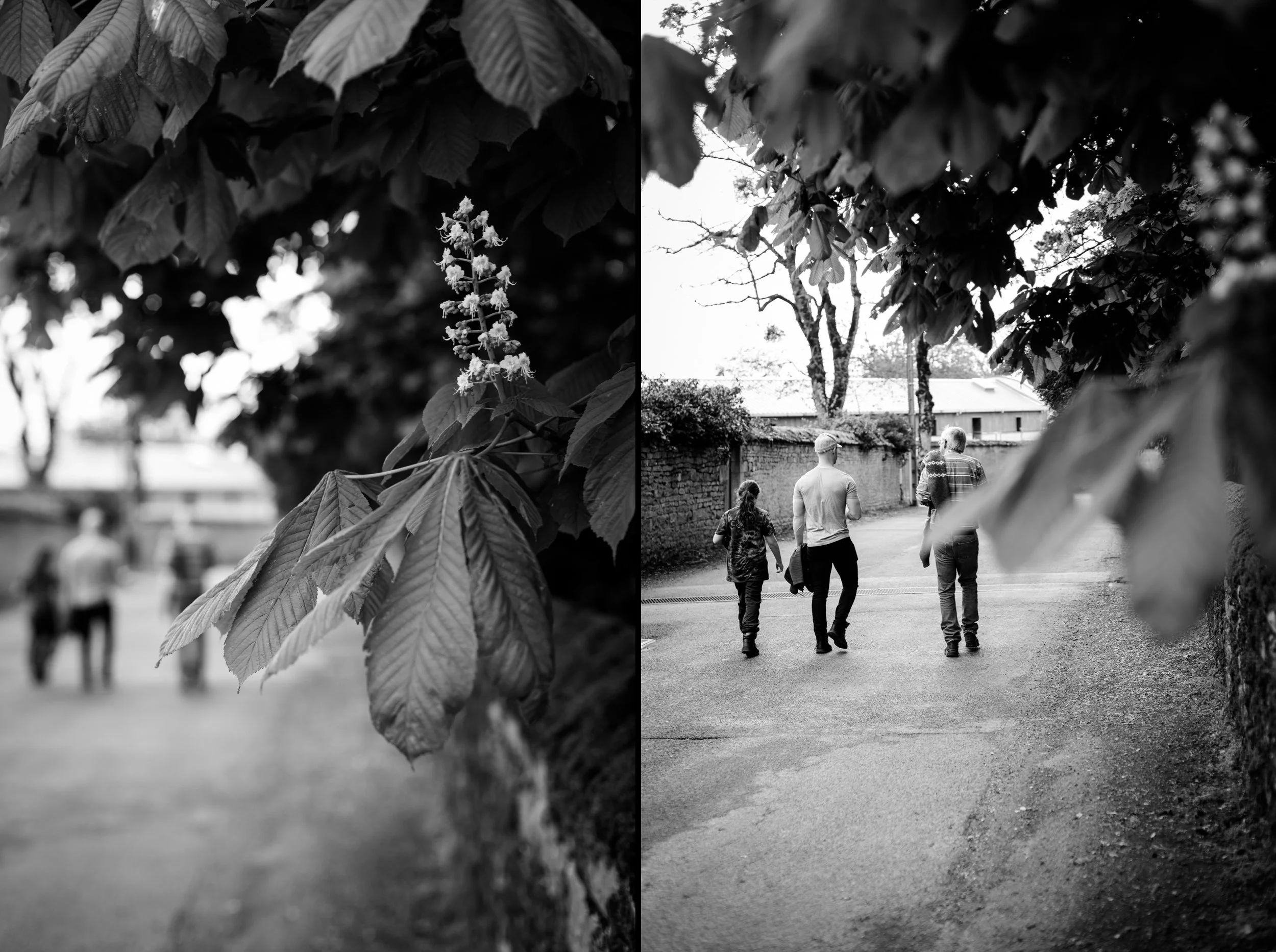When to Take the Shot
When is the right moment to take a photograph? When should you keep your face clear of the lens? There is probably no right or wrong answer to this question, and yet, in an age in which the belief that “it didn’t happen unless you have a picture to prove it” is ubiquitous, it is worth stopping and asking ourselves. I am going to present two questions that help me determine if it is the “right” or “wrong” moment to take a photo.
Firstly, can capturing this moment add value to the experience for yourself ? This question was prompted in my own mind by visits to museums in the last five years or so, in which I have seen hundreds of people walk up to a painting, hold up their phone, take a photo, and walk on. They aren’t seeing the painting, this piece of history that has been changing lives for potentially thousands of years. They are just seeing the potential Instagram “likes” and “follows” they will get from saying, “I saw Monet!” But they didn’t actually see Monet. They saw an image of the painting on their phone screen as they pointed it in the direction of the painting. But we can all have the experience of seeing an image of Monet on our phone screens from the comfort of our own homes. We don’t have to go to a museum in Paris, or even in our own hometown, to see an image of Monet. Snapping photos of paintings in museums, if anything, takes away from the experience. Put away your phone, let the camera just hang around your neck, and really look.
Of course this does not mean that cameras are out of place at museums. Museums are frequently beautiful architectural spaces, with angles intended to divide light in marvelous ways. Recording the ways that light interacts with the artwork, especially sculpture, can provide new perspectives on ancient and well-loved pieces. Additionally, capturing other individuals interacting with the artwork, those who are stopping, observing, allowing themselves to be moved by the pieces, can provide wonderful photographic compositions. In this case, the camera can add meaning and beauty to the experience, and the photos have the added benefit of being a gentle mental reminder of the beauty of the original artwork that you were able to see.
Secondly, can your photography add value to the experience for others? When other people are involved in the making of a photograph, either as subjects or simply as bystanders, it is actually important that the our photography at least not diminish the value of their experience. I used to be so eager to “use the light” in a portraiture sense, that my enthusiasm for capturing the image didn’t necessarily enhance the experience for others. “Stand here. Look that way.” These things are fine if the person wants to have their portrait taken, but every walk isn’t going to function as a portrait session. I am glad that I have branched out in my photography in the past couple years, as I now can see beautiful light and photo opportunities that don’t involve human subjects. And as long as I don’t stop too long, no one minds. I am a fast walker after all. I can always catch up.
Shooting with the comfort and experience of others in mind also means that you have the opportunity to capture memories in a beautiful way - moments that might otherwise be forgotten. The images in this post are from my brother, Dainec’s visit to us in Beaune, France on his way to work elsewhere in Europe. He showed up at 7:30 PM on a Monday night and left at 11:30 AM the next morning. But in between those moments we took this wonderful walk through the town of Beaune, and showed him a few of our favorite places. I had my camera and stayed out of the way for the most part, and now we have these images to remember our brief visit. And no one minded one posed photo at the end, because life is brief, and frequently hard, and it is right to take hold of the beauty and joy in these fleeting moments.



